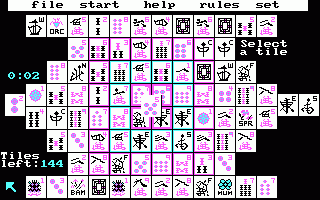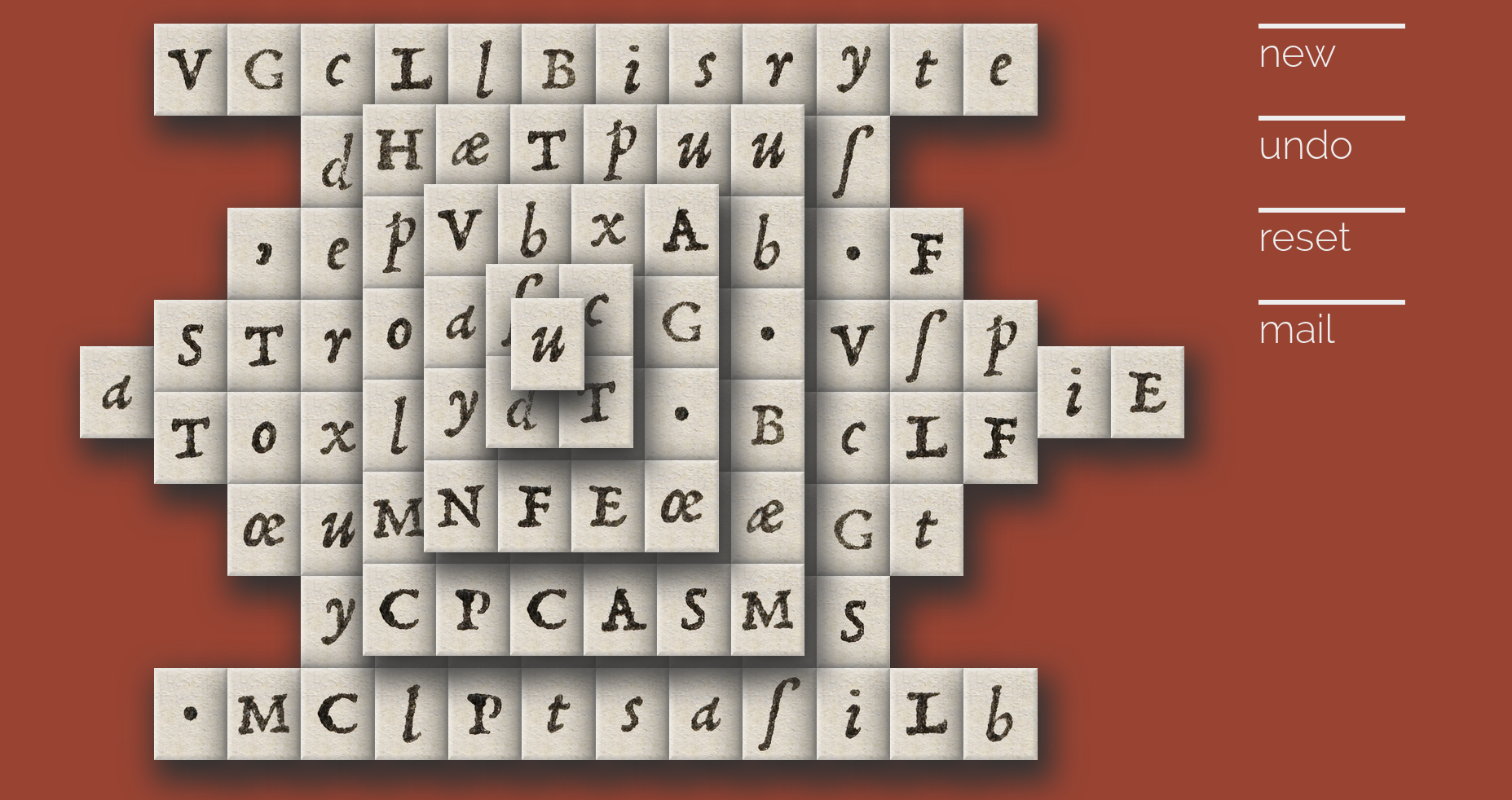This is an old revision of the document!
Letterjongg
 In 1981 Brodie Lockard, a Stanford University student, developed a computer game just two years after a serious gymnastics accident nearly took his life and left him paralyzed from the neck down. Unable to even breathe on his own after the accident without an artificial apparatus, let alone use his hands to type on a keyboard, Lockard made a special request during his long recovery in the hospital: He wanted a PLATO terminal. PLATO (Programmed Logic for Automatic Teaching Operations) was the first generalized computer-assisted instruction system designed and built by the University of Illinois.
In 1981 Brodie Lockard, a Stanford University student, developed a computer game just two years after a serious gymnastics accident nearly took his life and left him paralyzed from the neck down. Unable to even breathe on his own after the accident without an artificial apparatus, let alone use his hands to type on a keyboard, Lockard made a special request during his long recovery in the hospital: He wanted a PLATO terminal. PLATO (Programmed Logic for Automatic Teaching Operations) was the first generalized computer-assisted instruction system designed and built by the University of Illinois.
The computer game Lockard coded on his PLATO terminal was a puzzle game called «Mah-Jongg solitaire» displaying Chinese Mah-Jongg tiles, pieces used in a far-east strategy game that had become increasingly popular in the U.S. In 1986 Activision, one of the early game companies, released the game under the name of «Shanghai» (see screenshot on the left), and when Microsoft decided to add it to their games collection Mah-Jongg Solitaire became one of the world's most popular computer games.
The project «Letterjongg» aims at translating the far-east Mah-Jongg imagery into late medieval typography. 550 years ago the invention of the modern printing technology by Johannes Gutenberg in Germany (and, two decades later, by William Caxton in England) was massively disruptive. Books, carefully bound manuscripts written and copied by scribes during weeks, if not months, could suddenly be mass-produced at high speed. As such the invention of moveable types, along with other basic book printing technologies, had a huge impact on science and society.
Yet, 15th century typographers were not only businessmen, they were artists as well. Early printing fonts reflect their artistic past rather than their industrial potential. The font design of 15th century types is still influenced by their handwritten predecessors. A new book, although produced by means of a new technology, was meant to be what books had been for centuries: precious documents, often decorated with magnificent illustrations. (Incunables – books printed before 1500 – often show a blank square in the upper left corner of a page so that illustrators could manually add artful initials after the printing process.)
Letterjongg comes with 144 typographic tiles (hence 36 tile faces). The letters have been taken and isolated from a high resolution scan (3952*5904 pixels, 70.0 MB) of Johannes Amerbach, Johannes Marius Philelphus, Epistolarium novum (1486), printed in Basel. «Letterjongg» has been slightly simplified. Nevertheless it is rather hard to play as the games are set up randomly and the player's visual orientation is constrained by typographic resemblance of the tiles.
Letterjongg, Screenshot
Rules
The 144 tiles are arranged in a special four-layer pattern with their faces upwards. A tile is said to be open or exposed if it can be moved either left or right without disturbing other tiles. The goal is to match open pairs of identical tiles and remove them from the board, exposing the tiles under them for play. The game is finished when all pairs of tiles have been removed from the board or when there are no exposed pairs remaining.
Updates
2018/10/26 v1.0: Prototype, basic game engine (Link)
Data
- Wikimedia Commons, Johannes Amerbach, Johannes Marius Philelphus, Epistolarium novum, Basel, 1486
Team
- Prof. Thomas Weibel, Thomas Weibel Multi & Media, University of Applied Sciences Chur
- Dr. des. Elias Kreyenbühl, University Library of Basel
